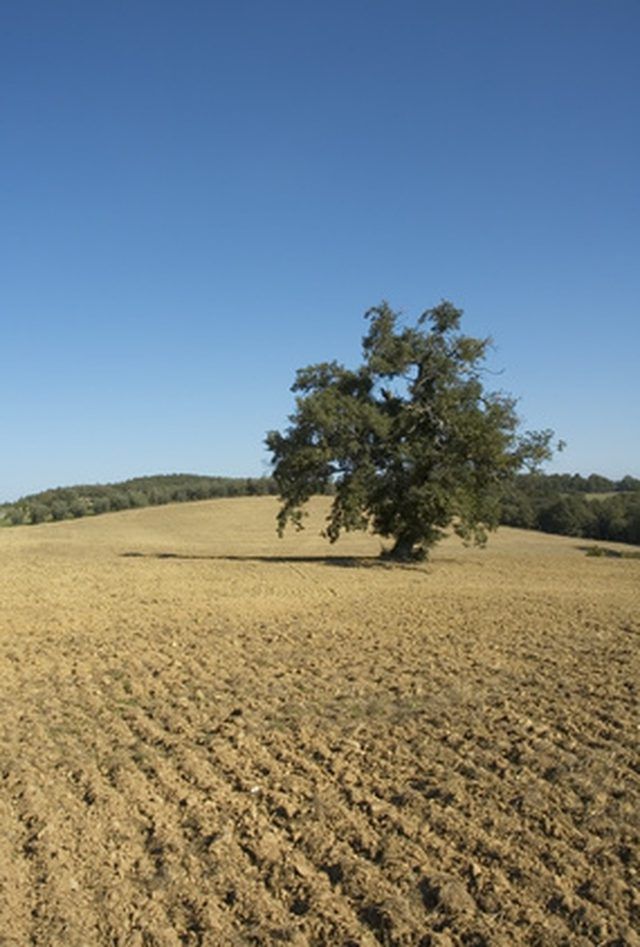Bulbs
Flower Basics
Flower Beds & Specialty Gardens
Flower Garden
Garden Furniture
Garden Gnomes
Garden Seeds
Garden Sheds
Garden Statues
Garden Tools & Supplies
Gardening Basics
Green & Organic
Groundcovers & Vines
Growing Annuals
Growing Basil
Growing Beans
Growing Berries
Growing Blueberries
Growing Cactus
Growing Corn
Growing Cotton
Growing Edibles
Growing Flowers
Growing Garlic
Growing Grapes
Growing Grass
Growing Herbs
Growing Jasmine
Growing Mint
Growing Mushrooms
Orchids
Growing Peanuts
Growing Perennials
Growing Plants
Growing Rosemary
Growing Roses
Growing Strawberries
Growing Sunflowers
Growing Thyme
Growing Tomatoes
Growing Tulips
Growing Vegetables
Herb Basics
Herb Garden
Indoor Growing
Landscaping Basics
Landscaping Patios
Landscaping Plants
Landscaping Shrubs
Landscaping Trees
Landscaping Walks & Pathways
Lawn Basics
Lawn Maintenance
Lawn Mowers
Lawn Ornaments
Lawn Planting
Lawn Tools
Outdoor Growing
Overall Landscape Planning
Pests, Weeds & Problems
Plant Basics
Rock Garden
Rose Garden
Shrubs
Soil
Specialty Gardens
Trees
Vegetable Garden
Yard Maintenance
How to Grow Olive Trees From Cuttings
How to Grow Olive Trees From Cuttings. The olive is an extremely long-lived tree in the Mediterranean. Some trees that still bear fruit today are thought to be over 2,000 years old. Although the olive tree may be propagated from seed, many olives grown today are hybrid plants. The seed olive, when grown, will not resemble the parent plant....

The olive is an extremely long-lived tree in the Mediterranean. Some trees that still bear fruit today are thought to be over 2,000 years old. Although the olive tree may be propagated from seed, many olives grown today are hybrid plants. The seed olive, when grown, will not resemble the parent plant. Instead, many olive growers choose to grow olives by rooting cuttings. The tree will grow in USDA hardiness zones 9 or warmer. These are parts of the United States in which winter temperatures never drop below 20 degrees Fahrenheit. These regions include southern Texas, Florida, Arizona, Nevada, Louisiana and California as well as Hawaii.
Things You'll Need
Pruning shears
Peat moss
Sand
Vermiculite
4-inch container
Rooting hormone
Plastic freezer bag
Balanced liquid (10-10-10) fertilizer
Watering can
Time your olive cutting for August or September. According to Texas A&M, this is when you will achieve the best results from your cuttings.
Select a healthy, disease-free branch that is as thick as a pencil. Position your pruning shears 8 inches from the end of the branch, below the point where a leaf emerges, and cut cleanly through the branch.
Mix a potting soil made from one part peat moss, one part sand and one part vermiculite. Fill a 4-inch-wide container with the potting soil. Water until the soil is as damp as a wrung-out sponge.
Strip off the leaves from the lower two-thirds of the branch, and dip the cut end into rooting hormone. Insert the cutting halfway into the potting soil.
Place a plastic freezer bag over the container and tree cutting. Place the container in a sunny windowsill and check daily. Water the container any time the soil seems dry. Remove the bag in six to eight weeks once roots sprout from the tree.
Water the tree seedling with a liquid, balanced fertilizer diluted to half-strength.
Transplant the seedling into the ground in spring in zone 9 or warmer. Leave your olive in a container and move it indoors during winter months in cooler climates. Olive trees will freeze and die if temperatures drop below 12 degrees.